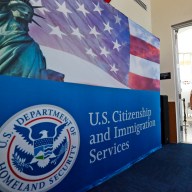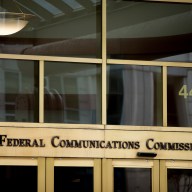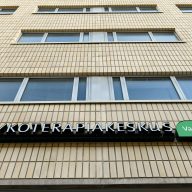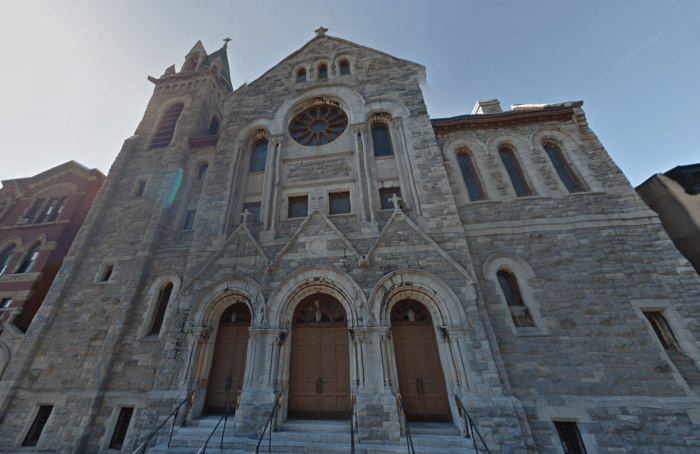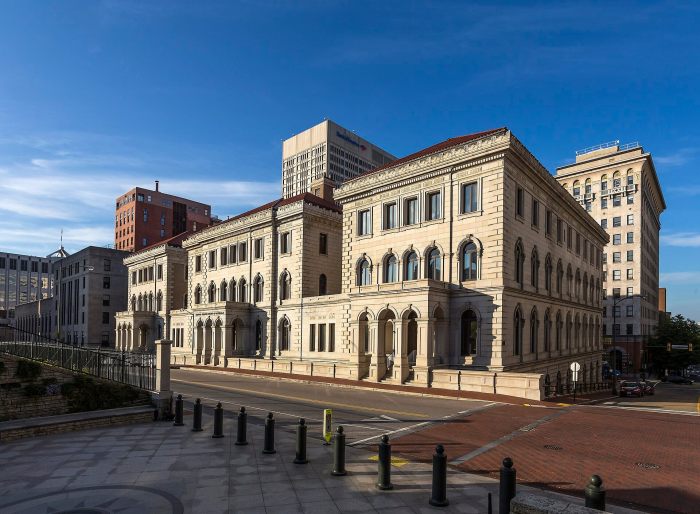Along 126th Street in Harlem, vibrant shades of spray-painted color brightenthe neighborhood’s familiar brick facades.
There’s a mural in the Mandela Garden, another on the Amsterdam News building, and another just being completed at P.S. 154, Harriet Tubman School.
They are the brainchild of Not a Crime (notacrime.me), a nonprofit founded by journalist Maziar Bahari. The organization raises awareness of human rights abuses in Iran, where members of the Baha’i religious minority are denied access to higher education. The murals feature birds, books, and people of all colors with messages like “Knowledge is power” and “The greatest education is your shield and trophy.”
“Our goal is to go to the story of the Baha’is in Iran to talk about the universal value of education,” said Saleem Vaillancourt, Not a Crime campaign manager and a Baha’i himself.
In 2015, 11 murals were painted in the New York area, including four in Harlem, and this summer Harlem is getting 15 more.
“We are really thrilled to be in Harlem because of its history of the arts and civil rights,” Vaillancourt said.
On a recent sunny day, a street artist who goes by the name Elle was spray-painting the back of P.S. 154. Her collage-style mural will depict two women, one of whom is reading, with “Education is not a crime” in three-foot letters. “If you can paint for a cause, it’s so much cooler,” said Elle, who is based in Greenpoint and Los Angelesand has been working up to 12 hours a day at the school. “If education is someone’s dream, they should be allowed that opportunity regardless of their religion or race.” When she was recruited for the project, she hadn’t been aware of the plight of the Baha’is, but immediately got on board.
“I was shocked I hadn’t heard about what was going on,” said Elle, who also did artwork for June’s Governors Ball music festival on Randall’s Island. “We have the ability to tell people what’s happening.” In 2014, Bahari released “To Light a Candle,” a documentary about the persecution of the Baha’is.
“Maziar thought if we were going to continue the campaign, we should use a different art form, and why not try murals?” Vaillancourt said.
Vaillancourt didn’t know much about the scene, but went on a fact-finding mission in New York. He met Andrew Laubie of Street Art Anarchy in Chelsea, who became curator and producer of the murals. “It was exactly the kind of project we’d wanted to do,” said Laubie, who gathered a diverse group of artists to come to Harlem from as far as South Africa, France, and Brazil.
Some locals were skeptical of a project involving Iran, Vaillancourt said, but soon the idea caught on with building owners, school administrators, and community board members. Now schools are approaching Not a Crime to ask for murals. The goal is to bring Not a Crime’s message to new audiences through a combination of the murals and social media ahead of Iranian President Mohammad Hosseini’s September visit to New York for the U.N. General Assembly. This summer other murals have been completed at the Faison Firehouse Theatre, Storefront Academy, Custom Fuel Pizza, P.S. 7, and Fabco Shoes.
“It adds a cultural aesthetic,” said Naomi Jones, a community advocate who lives in Harlem and walked by Elle’s mural last week. “I wish the kids could see this: someone being paid to paint something beautiful instead of being arrested for tagging graffiti.”
Harlem street murals bring Baha’is’ persecution to light

Bess Adler







